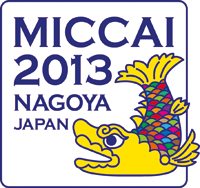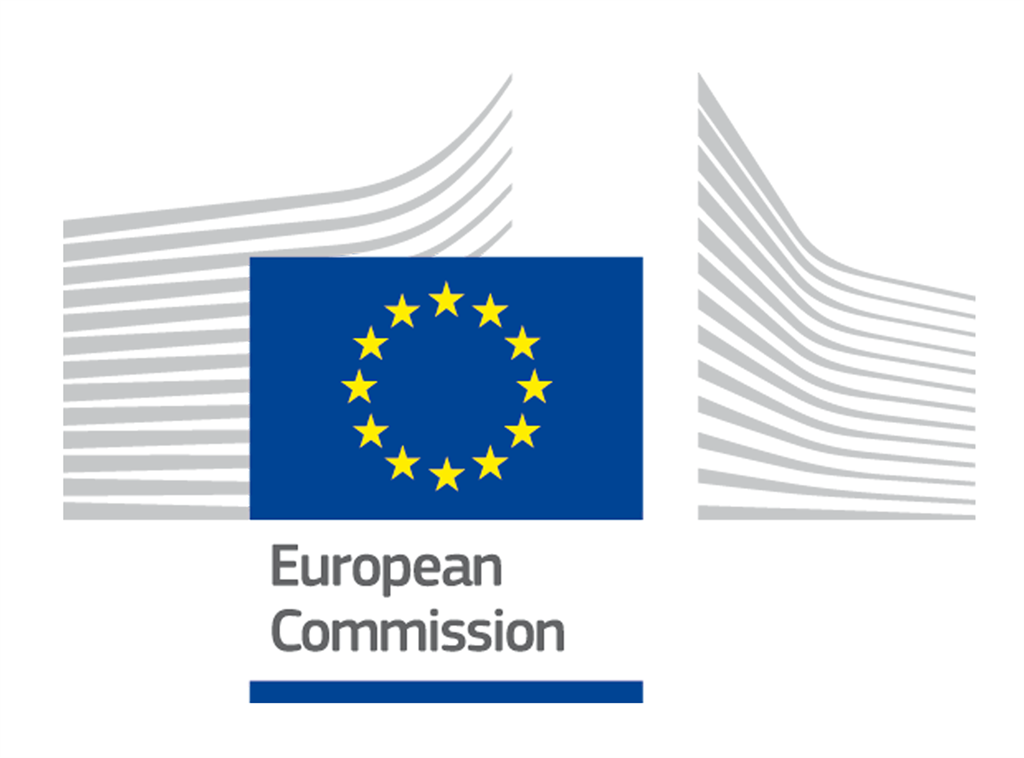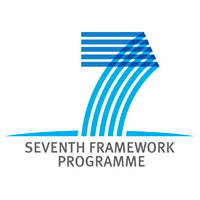Invited Speakers
Hervé Delingette
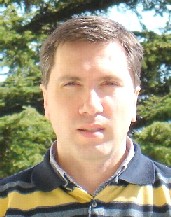 |
Hervé Delingette is an INRIA Research Director working in the ASCLEPIOS research team. He is leading the CardioSense3D Large Initiative Action about the electro-mechanical modeling of the heart.
Abstract: Among the applications of medical image analysis, therapy training and planning often require to simulate the physics and the physiology of the human body in a patient specific manner but with different objectives and constraints. While interactive computational efficiency is often required to develop interactive medical simulators for therapy training, accurate models compatible with clinical constraints must be developed for therapy planning. In this presentation, the construction of computational meshes from medical images for both therapy training and planning and their impact on simulation efficiency and accuracy will be reviewed. A specific focus will be given on the impact of surface representations for image segmentation as well as the relationships between element geometry and finite element modeling. Several software pipelines will be presented linking medical images to patient specific models in the context of liver and cardiac therapies. |
Kenji Shimada
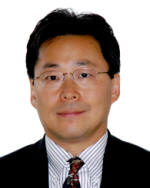 |
Kenji Shimada is the Theodore Ahrens Professor in Engineering at Mechanical Engineering at Carnegie Institute of Technology.
Abstract: As more diverse imaging techniques are made available for medical diagnosis, treatment, and surgery, it has become critical to be able to process images efficiently and automatically to generate geometry and meshes that are suitable for a target clinical application. In this talk, after outlining the general concept of the image-to-geometry-to-mesh (I2G2M) pipeline, we will discuss diverse requirements and constraints specific to different imaging modalities and target applications. Four sample I2G2M pipelines will be presented to illustrate the diverse requirements and constraints: bone deformity correction with distraction osteogenesis; diagnosis of abdominal aortic aneurysms and cerebral aneurysms; prostate cryosurgery planning and training; and traumatic brain injury analyses. The talk will conclude with several observations: it is critical to differentiate the image-to-geometry problem and the image-to-mesh problem; the I2G2M pipeline needs continued research and development; and the research and development community needs more interaction across different application domains. |
Leo Grady
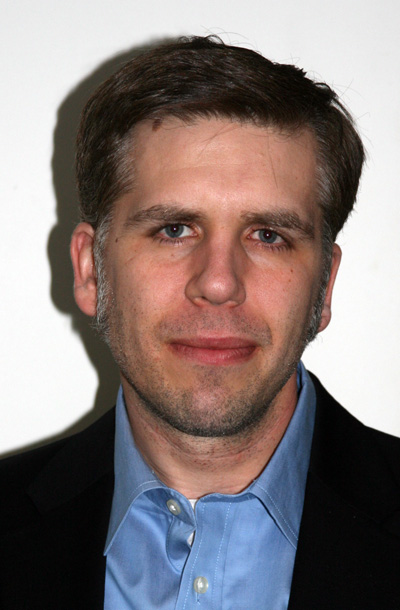 |
Leo Grady is VP of Research and Development at HeartFlow, Inc. in Redwood City, California.
Abstract: Coronary heart disease is the leading cause of mortality worldwide, accounting for 1/3 of all global deaths. Recent studies have conclusively demonstrated that measuring the blood flow distal to a narrowing is the best predictor of disease severity and is therefore critical to determining optimal treatment for a patient. However, measurement of blood flow is an invasive procedure which is both costly and risky to the patient. In contrast to this invasive approach for measuring blood flow in a diseased vessel, we have demonstrated that it is possible to perform an accurate blood flow simulation to produce a computed blood flow measurement. We have demonstrated with prospective, randomized clinical trials that this blood flow simulation is accurate and ready for commercialization. However, an accurate patient-specific simulation critically depends on our ability to create a hyperaccurate 3D mesh model of the patient's vasculature from cardiac CT images. In contrast to many clinical applications, our primary constraint is not speed of the image-to-mesh operation, but rather accuracy to the image data and reproducibility of any manual corrections. |
Organisers
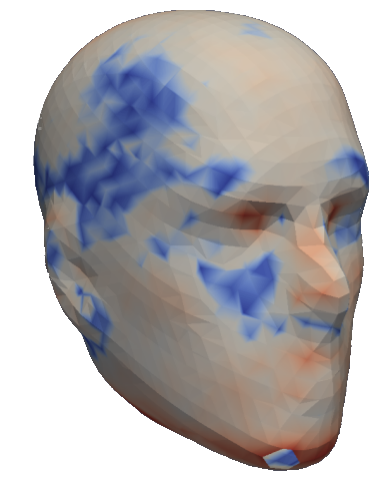
2013 Chairs
- Joshua A. Levine, Clemson University, USA
- Rasmus R. Paulsen, Technical University of Denmark, Denmark
- Yongjie Zhang, Carnegie Mellon University, USA
Steering Comitteee
- Hervé Delingette, Asclepios, INRIA Sophia-Antipolis, France
- Nikos P. Chrisochoides, Old Dominion University, USA
- Sylvain Prima, IRISA / INRIA Rennes, France
Program Committee
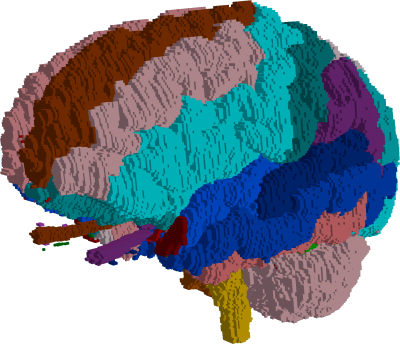
- Miguel A. Gonzáles Ballester, ALMA IT Systems, Spain
- Jakob Andreas Bćrentzen, Technical University of Denmark, Denmark
- Andrey Chernikov, Old Dominion University, USA
- Gary Christensen, University of Iowa, USA
- Tim Cootes, University of Manchester, UK
- Tron Darvann, Copenhagen University, Denmark
- Cindy Grimm, Oregon State University, USA
- Sebastian Kurtek, Florida State University, USA
- G. Elisabeta (Liz) Marai, University of Pittsburgh, USA
- Mads Nielsen, Copenhagen University, Denmark
- Mauricio Reyes, University of Bern, Switzerland
- Wenzhe Shi, Imperial College London, UK
- Suzanne M. Shontz, Mississippi State University, USA
- Anuj Srivastava, Florida State University, USA
- Martin Styner, University of North Carolina at Chapel Hill, USA
- Lilla Zöllei, Harvard Medical School, USA
- Lasse Riis Řstergaard, Aalborg University, Denmark
